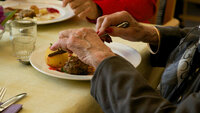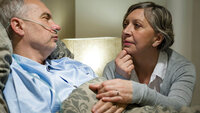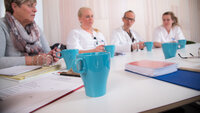Interaction between nurses and doctors is important for the nutritional status of nursing home patients
For nurses to be able to attend to their patients’ nutritional status in the best possible way, they need a regular nursing home doctor who knows the nutritional wishes and needs of individual patients.















